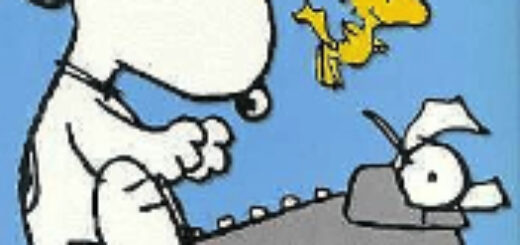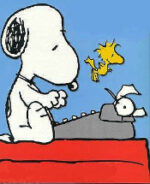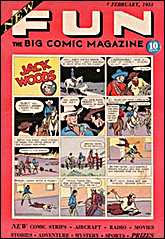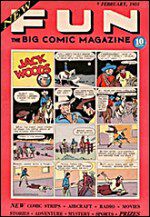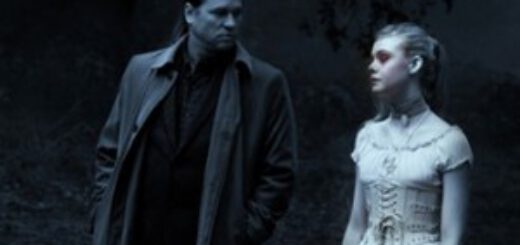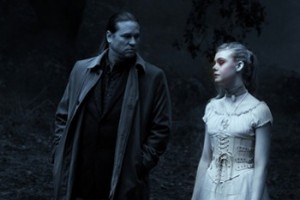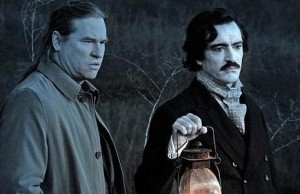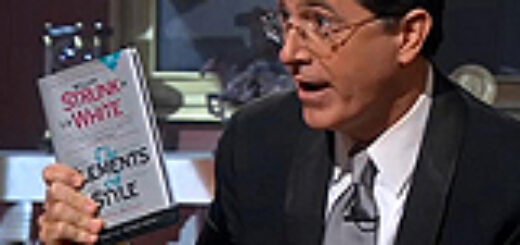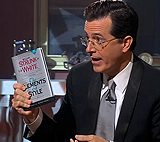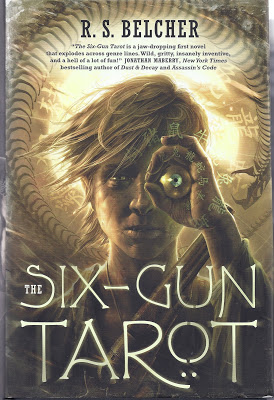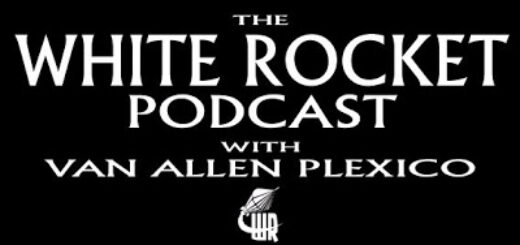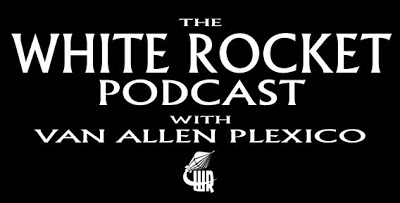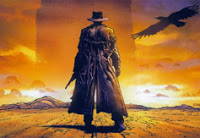Martha Thomases: Cosplay Around The Clock?
 My friend Connie went to see the cherry blossoms at the Brooklyn Botanical Garden last weekend. She couldn’t wait to tell me about it. Apparently, it is common for people of Japanese heritage – or people who admire Japanese heritage – to wear traditional dress for this occasion, and she had looked forward to seeing some fabulous kimonos.
My friend Connie went to see the cherry blossoms at the Brooklyn Botanical Garden last weekend. She couldn’t wait to tell me about it. Apparently, it is common for people of Japanese heritage – or people who admire Japanese heritage – to wear traditional dress for this occasion, and she had looked forward to seeing some fabulous kimonos.
Only this time, there were cosplayers. Lots of cosplayers. No one was selling any comics or movies or video games or collectibles, but still there were cosplayers.
Is this a thing now? Are we cosplaying all the time?
I mean, next month at Book Expo America, a trade show for the publishing industry, is having a “Book Con” for people who like books enough to go to the Javits Center on a nice weekend in the spring just for the fun of it. Are we going to see people dressed like their favorite Jane Austen characters? Or Moby Dick?
Once we expand cosplay to the world of traditional (i.e. non-illustrated) literature, then the cosplay opportunities can be expanded infinitely. Perhaps your boss isn’t a plutocrat with no imagination, but is instead performing an homage to The Man in the Gray Flannel Suit. Your mother-in-law hasn’t let herself go, she’s just a big fan of Stephen King. And your niece, the little princess? She dresses that way on purpose.
Actually, I already see a lot of kids dressed as princesses or Buzz Lightyear at local playgrounds. It’s possible they are coming from costume parties, which in the new kids’ culture now happen randomly all week long. And the hipster boys, with their artisanal beards, their vintage hats, and their flannel shirts, could just as easily be extras in a John Ford western.
I’m not going to do cosplay, at least not on purpose. I’ve already expressed a personal uneasiness with drawing attention to myself via spandex, and I don’t think that’s going to change as I get older. Having worn a uniform in high school, I am much too self-conscious about the message I send out when I put on clothes of my own choosing. Perhaps there would be some advantage to going to work dressed as Wonder Woman on the day of my performance review. Perhaps I could use a magic lasso to get rid of the creeps on the subway.
Still, the event in Brooklyn inspired this story
in which a snappy dressed African-American gentleman was swamped with fans who thought he was dressed as The Doctor. The writer of the story in the link observed that the random people at the cherry blossom festival were more open-minded than the people at New York Comic-Con six months before. As comics fans, we should be ashamed of ourselves. As Americans, maybe we can be encouraged by the progress we’ve made in six months.
In any case, if you’re looking for investment opportunities, I would recommend bow ties.
Bow ties are cool.




